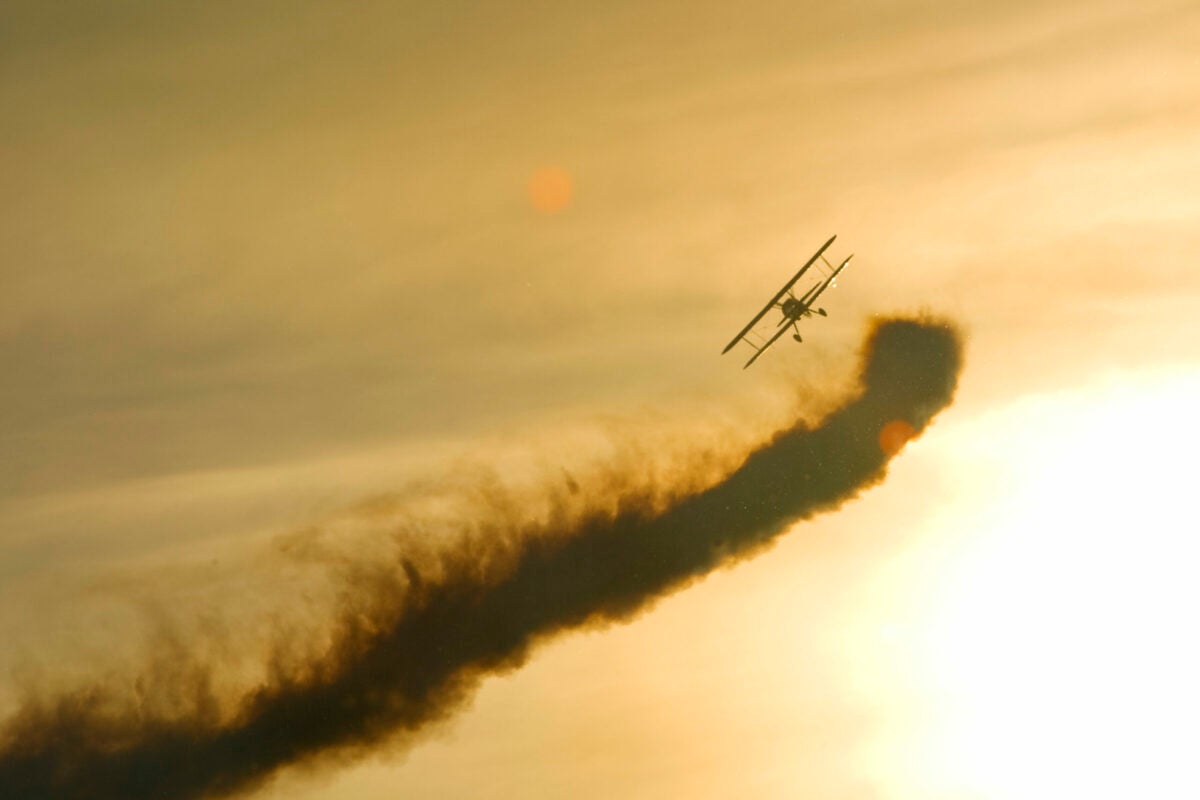When I moved my airplane into its new hangar at Sussex Airport (KFWN) in New Jersey late last year, I gazed at the rows of adjoining units and wondered what types of rare and interesting machinery lay behind the dozens of bifold doors.
A few weeks later, I found that a distinguished neighbor resided next door. A contractor had opened the hangar door to adjust the cables, pulleys, and motor that control its movement. The shape of the aircraft parked inside left no doubt regarding its identity. It was a Boeing Stearman Model 75, also known by its military name, the PT-17.
This one clearly had not flown in many years—at least 15 according to airport gossip. It had all the signs of a long slumber, such as deflated tires and a coat of dust that dulled its silver finish. Access panels on the sides of its fuselage behind the exposed Continental R-670 were open, exposing frame members, brake cylinders, control linkages, and more. The lower panel had been removed and was resting neatly on the floor, as if someone had begun performing periodic maintenance years earlier and never quite finished. A yellow towbar was attached to the landing gear, seemingly ready to pull the airplane out for its next flight after a routine oil change.
If you’re not already a subscriber, what are you waiting for? Subscribe today to get the issue as soon as it is released in either Print or Digital formats.
I would find out later that the aircraft’s layup had coincided with the onset of a succession of medical difficulties that kept its owner out of the cockpit, but only recently compelled him to offer the airplane for sale.
On first sight, though, all I could think about was how badly this machine needed to get back into the air. It did not look like some neglected wreck. Everything appeared to be intact. There were no holes or tears in its covering, only minimal peeling paint and no small animals nesting in its recesses—none that I could find, at least.
Almost immediately I had visions of the Stearman one day emerging triumphantly from the hangar, cranking its engine to life in a swirl of oily smoke and slowly zigzagging down the taxiway. After a run-up, the engine’s full-power song would echo through the valley as the old bird rolled, tail-high, down Runway 21 and lifted off into the late afternoon light. What would it take to get there—to bring this classic aircraft back to life?
“It needs everything,” my instructor, Rich Bartlett, said in the same discouraging tone he used years ago when I contemplated banner towing. “New covering alone would cost 80 grand,” he added.
Ray Fagnano, the mechanic who looks after “Annie,” my Commander 114B—and counts a number of Stearmans among his customers—urged me to “forget about that airplane.” The asking price of $70,000 is too high, he noted, considering how much work the airplane will need to regain its airworthiness. Anyone with that much to spend, Fagnano said, should offer it to the pilot at nearby Blairstown Airport (1N7) who owns a solid Stearman that he flies regularly and “probably would sell it to you for the same amount.”
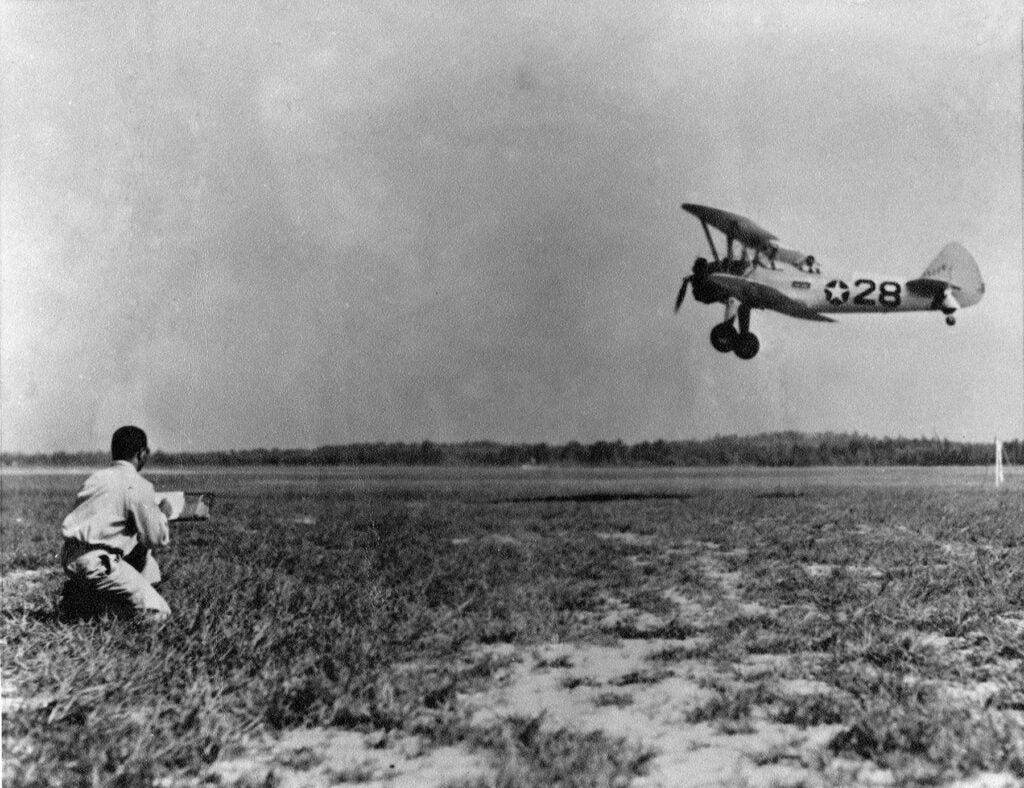
An Expert Weighs In
Wanting to understand more about the depth of effort involved, I contacted a number of people well versed in Stearmans, including staffers at the National Museum of the United States Air Force in Dayton, Ohio, where they display a meticulously restored model, and Mike Porter of East Liverpool, Ohio, who has spent the past two decades restoring vintage aircraft and specializing in Stearmans.
“I’m working on No. 26 now, but I have helped people with many more, you know, sharing tips,” Porter said, noting he consulted with the crew that worked on the Air Force museum’s restoration. He works on many types of aircraft but focuses on other warbirds and fabric-covered models when not working on a Stearman.
Porter said he got into the business essentially by coincidence. After earning his private pilot certificate at 17, followed by his commercial, he was towing banners in New Jersey with ambitions to join the airlines when the September 11 terrorist attacks halted aviation activity. He was already an airframe and powerplant mechanic, so he began working in local shops before abandoning the airline idea and eventually starting his own repair and restoration business.
He said that while many pilots are attracted to biplanes from aviation’s Golden Age of Flight, the Stearman stands out for several reasons, the foremost being its military history. The aircraft will always be associated with World War II, having trained thousands of pilots across the U.S. military services. Pretty much every wartime pilot had a Stearman story. “They are also well-designed, nice-flying airplanes that are fairly forgiving,” Porter said.
Because the aircraft was built in huge numbers—between 8,000 and 10,000—for the war and was a popular surplus purchase afterward, there are many still flying today. Indeed, it is a stretch to call the Stearman “rare.”
However, what is rare is its combination of Golden Age biplane and warbird status, which nearly guarantee the best parking spots at major air shows and fly-ins.
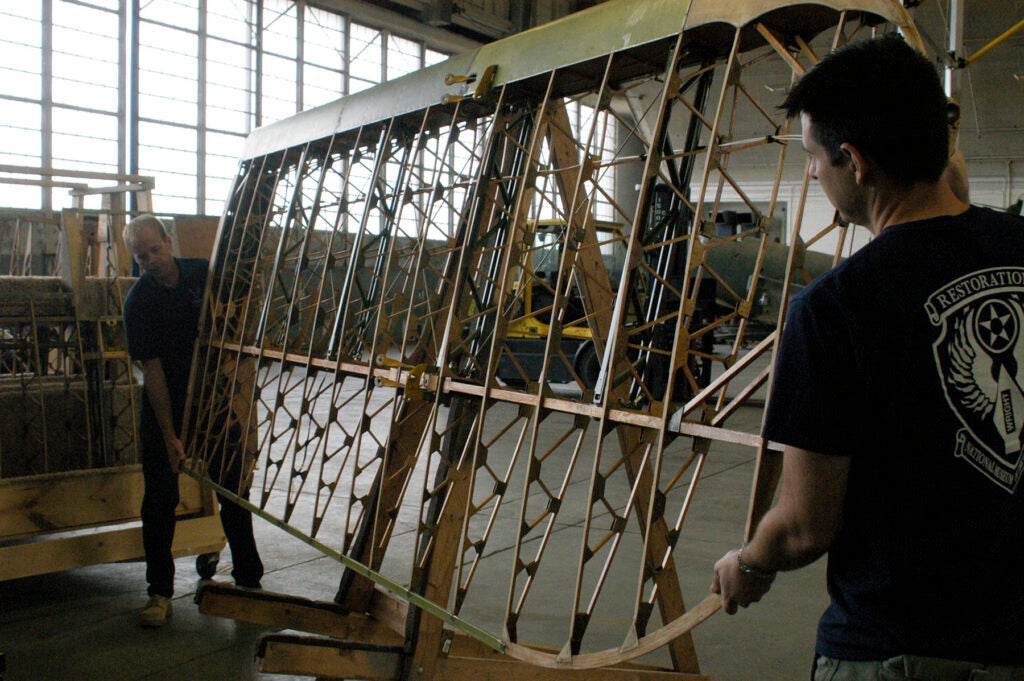
Military History
Lloyd Stearman began manufacturing aircraft in the 1920s for the civilian market and later the growing airmail service. The company turned out several models, including the C3 and Stearman 4 Speedmail, but it was the two-seater Stearman Model 75 that caught the military’s attention as an ideal trainer for combat pilots—in part because its rugged design, though dated, enabled it to withstand common mistakes made by flight students, including hard landings, ground loops, and nose-overs.
The military selection happened around the same time the Stearman company became part of Boeing, which brought to bear the capacity to produce the aircraft in higher volumes. This case of aviation serendipity sealed the Stearman’s place in history. For the record, Model 75s with Lycoming engines were called PT-13s while those with Continental engines were PT-17s. Others had Jacobs engines and were called PT-18s.
The airplanes’ steel-frame fuselage and wooden wings held up well through the war and kept them gong for decades afterward, often as crop dusters. Their high lift, low speed, and low prices on the war-surplus market made them the obvious choice for the booming aerial application business, dusting and spraying pesticides, fertilizer, and other chemicals on crops across the country. While people often worry about the possible effects of corrosive chemicals on the airframe, pilots and mechanics familiar with the type maintain the former agricultural aircraft are not necessarily problematic.
“It’s really a case-by-case process,” Porter said. “Many of these operators took great care of their air-planes while others might have run them into the ground.”
Anyone considering buying a Stearman, like any other airplane, should have an expert inspect it closely. Porter said he has seen aircraft arrive at his shop in a wide range of conditions, but even the rough ones usually can be returned to flying duty.
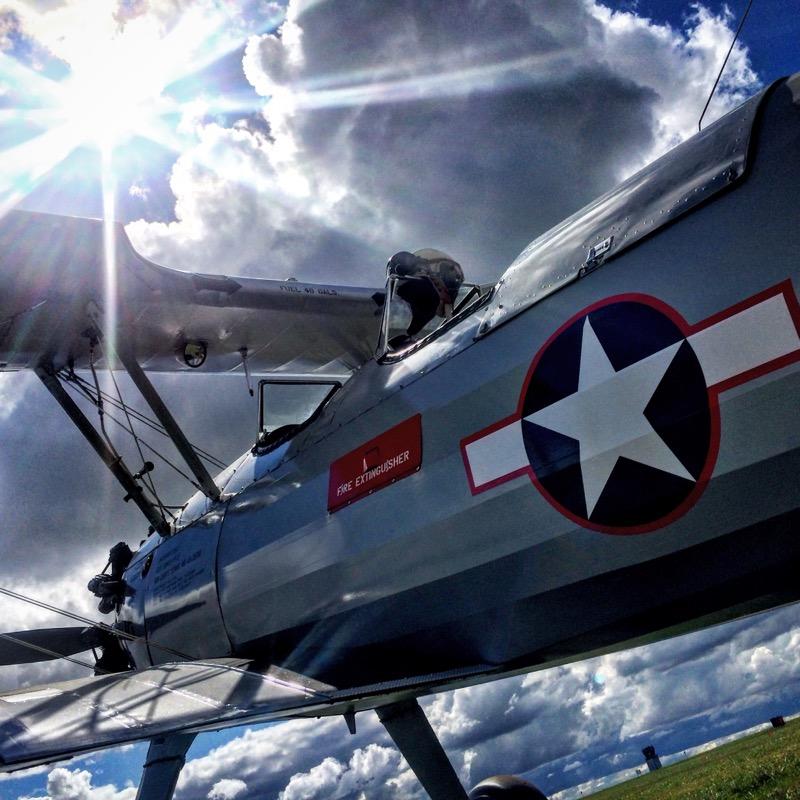
At What Cost?
While you typically can find airworthy Stearmans on the market for around $100,000, having one restored will cost more. How much more is hard to say because he figures vary so much, Porter said. “Once you get past recovering the airframe, which costs $60,000 to $80,000, you are mainly looking at time and materials,” with restorers typically charging $60 to $150 per hour, he said. The nice thing about new covering is that the process exposes every part of the airframe, making it possible to produce a like-new airplane.
The Stearman next door has been a source of temptation for me ever since I first saw it. It just has the feel of an old house with “good bones” or an old hound who needs a new home. Right now, it’s the last thing I need, but my own history with Stearmans makes it hard to forget this one.
- READ MORE: Taking Wing: Stearman Patrol
While traveling through Connecticut with my parents and two older sisters on our way to Cape Cod in1974, I spotted a biplane flying low, parallel to the highway.
Soon it turned and flew over the road just ahead of us. I was 8 years old and excited to see a real “two-winger” in action. Until that day the only biplanes I had seen up close were a couple of my father’s radio-controlled models.
The airplane I had seen overhead, painted creamy white with dark orange trim, appeared to be on final to land at a nearby field. I suggested that we follow it and try to find the airport.
My sisters moaned. They did not want our all-day drive to get any longer. But my father thought it was a good idea and turned off the highway at the next exit.
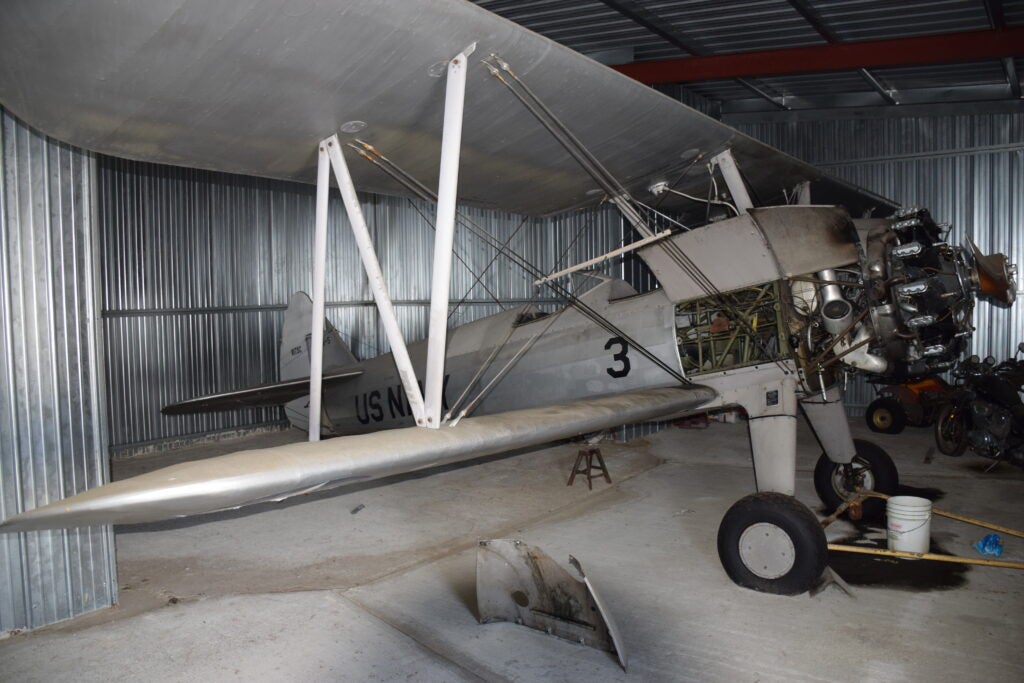
Crossing Paths
We were in a rural area without many roads, so it was fairly easy to find the one that led to the airport. An instructor was giving lessons in the airplane and we got to stand by the ramp—there was no airport fence back then—while the next student got going. They cranked the inertia starter, fired the engine, and took off across the countryside. It was a memorable mini-airshow for me and just barely tolerable for my sisters.
About 40 years later a friend was flying his Stearman across the country and met me for lunch at Sussex. Afterward we went for a long flight during which he was generous with sharing stick time.
It was early October, the weather was perfect and the forest canopy that covered that part of northern New Jersey and southern New York was a beautiful late-season green. We flew S-turns, steep turns, lazy eights, and stalls.
Almost as soon as my hand held the stick, I began to understand exactly why so many people love these airplanes. They simply fly beautifully. They are big, comfortable, and comforting in their movements—very smooth, not at all twitchy. There’s a sense of warmth that not all airplanes have that really comes through when you fly well-coordinated turns in a Stearman. I have kind of longed to relive that experience ever since.
Now this next-door neighbor has revealed itself. Is it fate or a trap? My wife, Alexa, suspects the former. Having heard my description of the aircraft, Porter said he would certainly give it a look, reminding me that “many of these laid-up airplanes turn out to be pleasant surprises.”
However, he also is booked with projects for the next three years. Perhaps that is a blessing, and enough time to change Alexa’s mind.
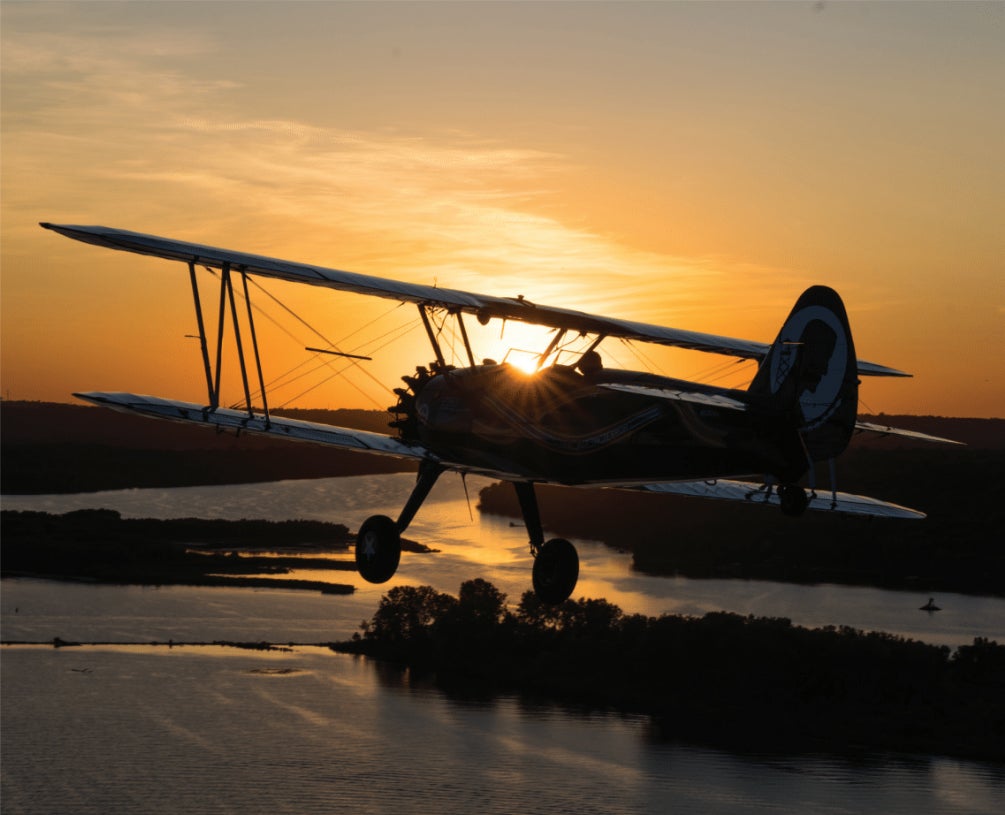
On the Hunt for a Classic PT-17
The Stearman was built in such great numbers during wartime in the 1940s that so many continue to fly today—making an excellent choice for a warbird that handles with docile flight characteristics and a forgiving nature. In the June 2000 edition of FLYING, former editor-in- chief Richard L .Collins extolled the virtues of the biplane that serves as both a trip to the Golden Age of Flight as well as a ticket to warbird parking at EAA AirVenture—perhaps.
“An airplane that flies in reasonable numbers and was as much of the WWII training effort as the T-6 is the PT-17 Stearman,” wrote Collins. “For some reason, though, it is considered more of a classic. At least that is the Oshkosh parking area favored by these airplanes.” Completely rebuilt Stearmans were available on order from Air Repair Inc. with a base price back then of $169,000. You would be hard pressed to restore one yourself for that kind of investment today.
This column first appeared in the July 2023/Issue 933 print edition of FLYING.
